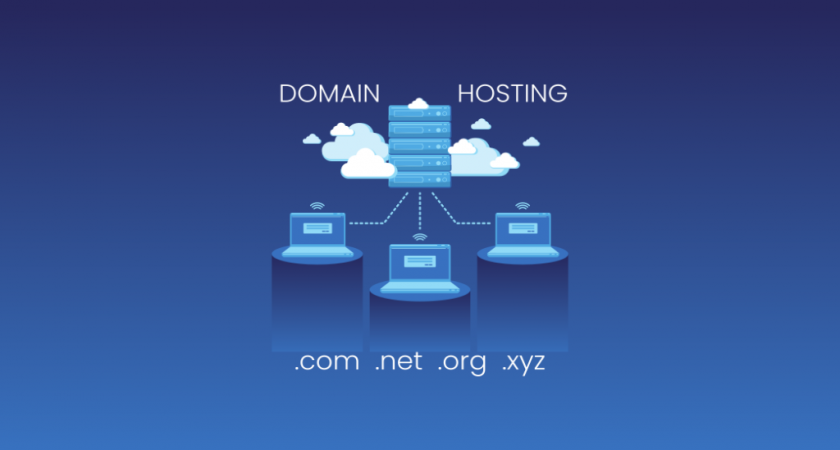A Step-by-Step Guide to Migrating Your Website to a VPS

Most users fear migration and hence stick with their present web hosting type and provider, compromising their performance. However, buying web hosting or migrating to a new provider is not a big deal if you plan it well.
VPS is a greatly balanced web hosting type that is partitioned using virtualisation technology, ensuring dedicated resources for each user. If you are planning to migrate to a VPS, this guide is for you. In this article, we discuss the step-by-step process of migrating your website to VPS server hosting.
Step-by-Step Guide to Migrate to High-Speed VPS Hosting
1. Creating a Website Backup
The first step before modifying any aspect of your website is creating a solid backup. It acts like a safety net for your website in case there is any issue during migration, such as data loss.
You can create a backup of your website files and database using the control panel of your present web server. By accessing your hosting account with an FTP client, you can locate your website files and restore your website data post migration. For the database, use phpMyAdmin in your control panel.
2. Setting up VPS Hosting
With managed VPS hosting, you get the support of the web host for this step. However, this might differ if you choose unmanaged VPS hosting.This is an extremely important step for optimal performance and high-speed VPS hosting.
In most cases, web servers use the LAMP stack, i.e., Linux, Apache, MySQL, and PHP. There are various other options that you can choose from, such as Python, Postgre or Ngnix.
You can configure your VPS hosting by choosing an operating system and software stack. Then, secure your web server with best security practices, like a firewall for SSH access. Further, ensure all software is updated and seek help from your web host if needed.
3. Carrying out Website File Transfer
Noext, it is time to upload your file and import all databases to your new VPS hosting server. To transfer files, you can use tools such as FTP clients or file managers within your control panel. Meanwhile, to import the database, you can use database management or the command line.
4. Updating DNS Setting
Now that you have transferred all the files and databases within your database, the next step is to update your DNS settings. This includes updating your records and nameserver with your domain register.
5. Testing Your Website on New VPS
Carry out testing of all the uploaded aspects to determine whether they are working correctly. This includes database connectivity, broken links or missing files. Tools like Google Search Console can help with this.
Conclusion
A well-planned migration provides you with the best VPS hosting benefits by ensuring efficient performance, data integrity and no downtime.
So, plan your migration mindfully to make a smoother and more efficient transfer to a VPS server. Read through this article carefully,choose your reliable web host and get started with your VPS migration now!
